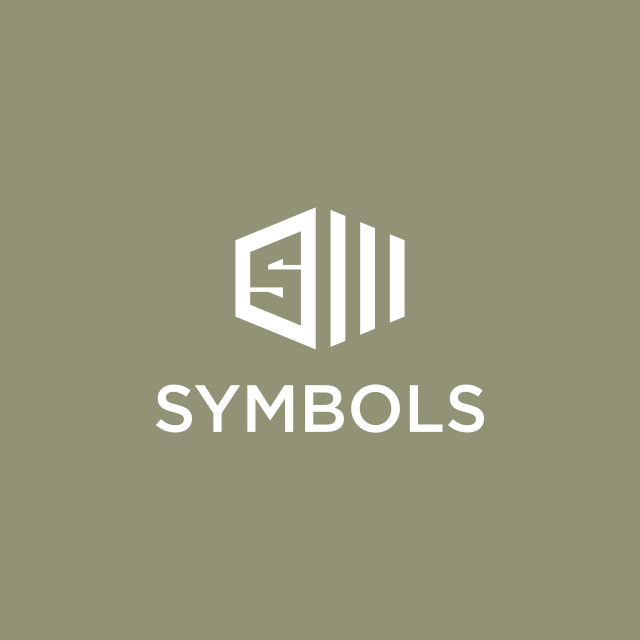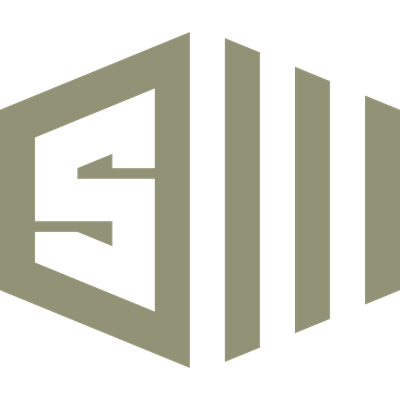Filter by category:
Filter by group:
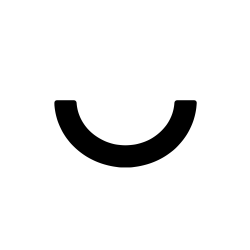 | Period (Impartial) An unconventional punctuation mark that indicates a lack of hostility or other emotion. |
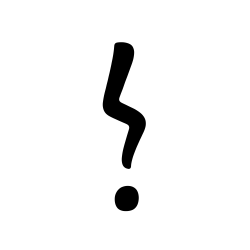 | Ironieteken An unconventional punctuation mark intended to convey irony. |
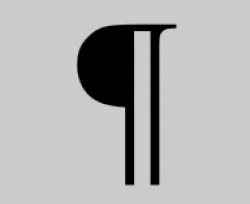 | Pilcrow The pilcrow, also called the paragraph mark, paragraph sign, paraph, alinea (Latin: a lineā, "off the line"), or blind P, is a typographical character for individual paragraphs. |
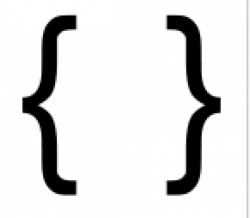 | Braces or Curly Brackets Curly brackets – also properly called braces in the US – are used in specialized ways in poetry and music (to mark repeats or joined lines). |
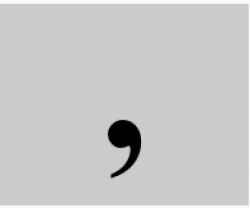 | Comma The comma (,) is a punctuation mark, and it appears in several variants in various languages |
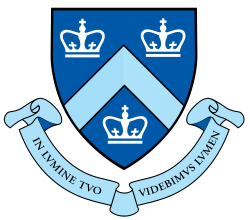 | Columbia University Symbol The design of the Columbia identity incorporates the core elements of well-thought-out branding: name, font, color, and visual mark. |
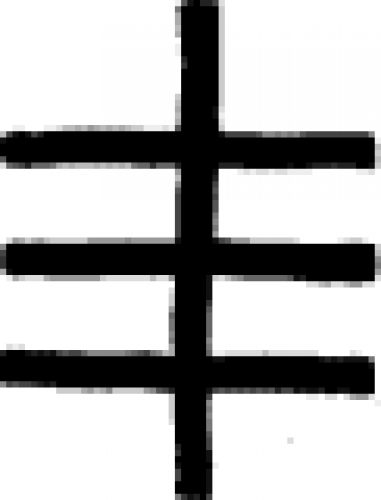 | Policeman lives here A symbol indicating danger. Hobos in the United States, as well as Sweden and Great Britain, place this mark outside the home of a police officer (or as an indicator that the residents have a tendenc… |
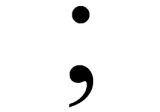 | Semicolon (Alternative) semicolon. A punctuation mark (;) used to join two independent clauses in a sentence. The semicolon shows that the ideas in the two clauses are related. |
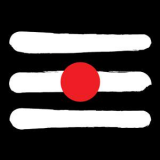 | Tripundra Tripundra, believed to be a spiritual symbol in the tradition of Lord Shiva, consists of three horizontal lines and a red mark (usually dot) on the center line. The lines are made with the sacred ash… |
 | Dash The dash is a punctuation mark that is similar in appearance to the hyphen and minus sign but differs from these symbols in length and, in some fonts, height above the baseline. |
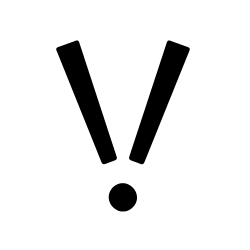 | Acclamation Point An unconventional punctuation mark indicating an enthusiastic demonstration of honor, goodwill, or welcome. |
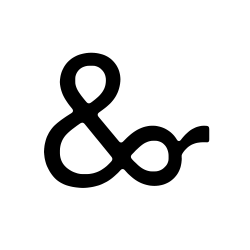 | Andorpersand An unconventional punctuation mark meant to replace the phrase 'and/or'. |
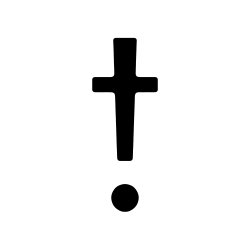 | Certitude Point An unconventional punctuation mark used to let the reader know that the writer is absolutely certain something is true. |
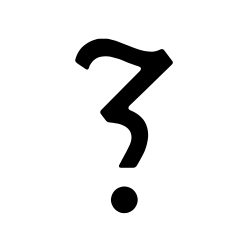 | Doubt Point An unconventional punctuation mark used when the writer wants to end a sentence with a skeptical tone. |
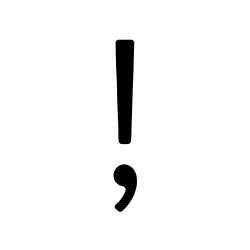 | Exclamation Comma An unconventional punctuation mark that allows the writer to use an exclamation point in the middle of a sentence. |
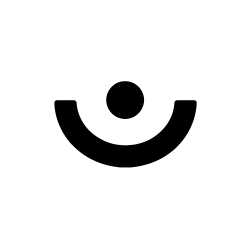 | Period (Friendly) An unconventional punctuation mark which combats misperception of a period by lightening the tone of what would otherwise be read as a bitter or sarcastic sentence. |
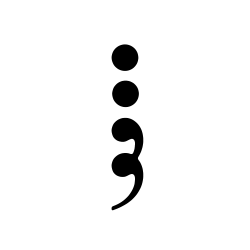 | Hemidemisemicolon An unconventional punctuation mark capable of taking the place of periods, commas, and semicolons. |
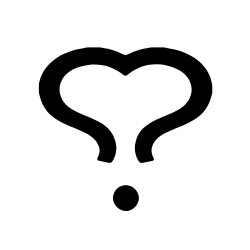 | Love Point An unconventional punctuation mark intended to denote a statement of affection. |
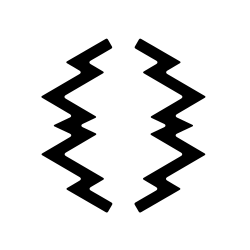 | Sarcastisies An unconventional punctuation mark that conveys a sarcastic sentence. |
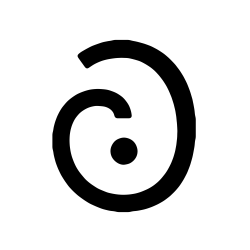 | SarcMark An unconventional punctuation mark meant to telegraph sarcasm. |
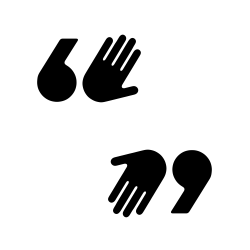 | Mockwotation Marks An unconventional punctuation mark meant to indicate that the person who is being quoted is being mocked. |
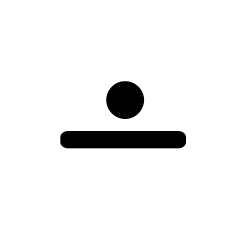 | Sinceroid An unconventional punctuation mark meant to indicate that the writer is being sincere, as opposed to conveying any other emotion. |
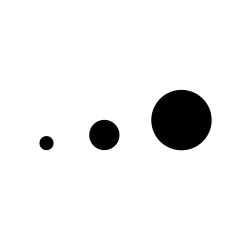 | Superellipses An unconventional punctuation mark that conveys a dramatic pause. |
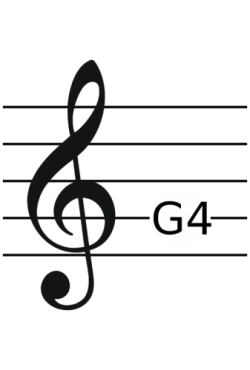 | Treble Clef When the G-clef is placed on the second line of the stave, it is called the treble clef. This is the most common clef used today, and the only G-clef still in use. For this reason, the terms G-clef a… |
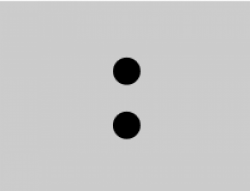 | Colon The colon is a punctuation mark consisting of two equally sized dots centered on the same vertical line. In Unicode, it is encoded at U+003A : colon (HTML: :). |
